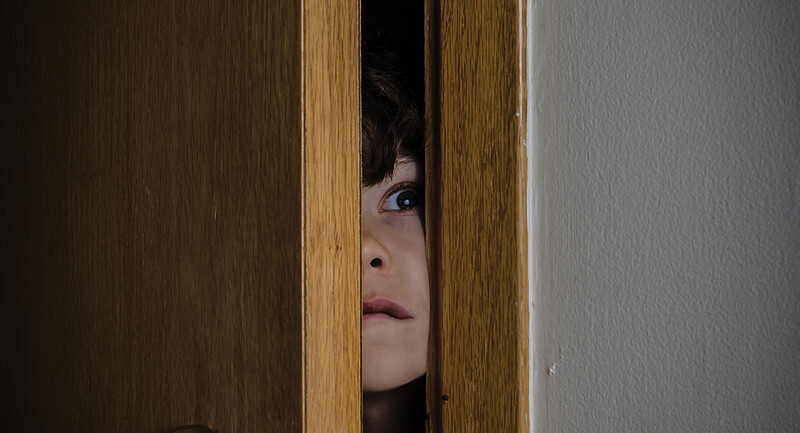A young child's behavior flips and becomes intense—think screaming, threatening, "hiding" in a closet. (We call this a "flipped lid.") How can teachers respond in ways that keep everyone safe?
The brain is like a house with a basement (i.e., your limbic system and amygdala) meant for safety in times of threat) and storage. Students who've experienced trauma are familiar with their "basement." They're in a constant state of alert, and when a child's lid is flipped due to a trigger, the thinking part of the brain shuts down, and the lower system puts him in that "basement." It's a response born of habit. At that point, presenting consequences or having the child choose a calm-down strategy won't work. Here are tips to help a child get "upstairs":
1. Scan for safety.
Check the environment. Is it safe and will it preserve student dignity? To support a student who struggles regularly, ensure that all adults have the same basic plan for responding. The plan should be simple; address questions like, Is the student a threat or overwhelmed? Who needs to move—the class or student? Any plan should ensure that calm, familiar adults are present.
2. Stay Calm.
Model calm for the student who is struggling. Coregulation is key here for this student and all others in the room (in a crisis, humans look for someone who "takes charge" because that indicates safety). If your words say you're safe but your tone and breathing project stress, your message will be lost. Safety can be felt.
3. Talk very little.
The kind of behavior we're talking about will feel extreme, but often the best thing to do is be quiet and patient or use simple speech. You will want to talk, ask questions, tell the child to do things—Resist this temptation (and trust us, you can't simply tell a person with a flipped lid to calm down). The desire to communicate is often to ease our anxiety, not the students'. Concise words—"Let's get juice." "Snack?" "Lego at the office"—are best.
4. Offer food.
This can provide an indicator of how deep into the basement the student has gone: If the student accepts food, you will know they are ready for help. Food or drink helps activate the sucking reflex, which is calming for all children. Try different textures of food to hit the sensory needs—apples, carrots, a juice box, even a lollipop. There won't be time to leave to grab snacks, so have them easily accessible.
5. Provide something to tinker with.
Offer Legos, playdough, markers—or let them use a sand table. High-interest items that occupy a kid's hands are a great strategy for when someone dips into the basement. Let go of the idea that giving the student something to play with is a reward; it's a tool to help him regulate.
6. Don't rush.
The child will need time—to get out of the basement and to regulate enough to interact once they're out. This requires patience and self-talk. Remind yourself the behavior isn't personal, but an adaptive response for the student. Some kids can get "upstairs" in a few minutes; for others, it could take hours. Working within the confines of bells, providing lots of time won't always be possible—but, if you can provide the time needed, the overall time a child's lid is flipped will begin to decrease.
Although we'll never know all the triggers that cause a student to retreat to their basement, educators must understand the steps to help them climb out. A trauma-informed approach emphasizes that a student is hurt, not bad, and that their problematic behavior is an adaptive response to their environment.









